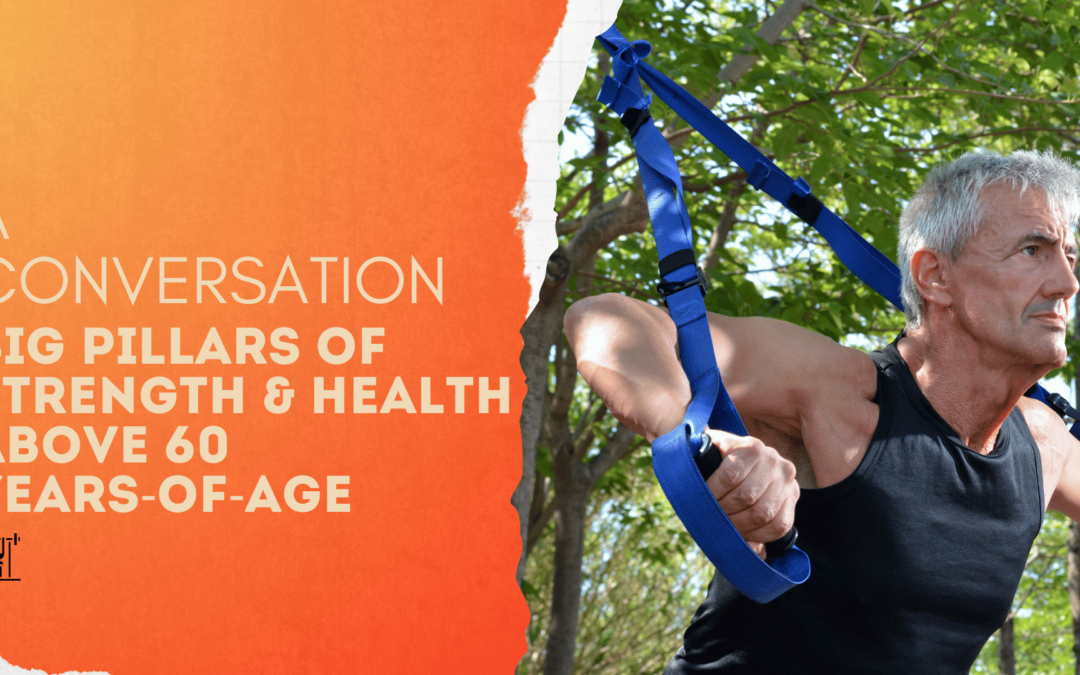strength by fitness
podcast
About this podcast episode
Our conversational podcasts are based on our own coaching, long-form articles, and podcasts but narrated by Notebooklm to provide an easy conversational summary of our longer content.
It is in other words a convenient, and entertaining way to consume our denser, fact-based content.
The use of Notebooklms conversational AI for these shorter podcasts does not change the fact-based value and correctness of our content & coaching, but it is a conversation about our own coaching, and content so Notebooklm sometimes make small mistakes.
Notebooklms AI narrators are doing their own thing with our fact-based coaching & content, under the supervision of my input, so when I notice a small mistake, or I feel that they are slightly off in their conversation I try to highlight that in the video, or edit it away.
So please enjoy our high-quality conversational podcasts as exactly that, someone else discussing the fact-based things, and content we coach, do, publish, and talk about, but keep in mind that both humans and AI interpret things in their own way.
In this episode, we are covering older age & fitness.
The increased need for more protein as we humans get older, the incredible benefit of a high-protein approach together with strength training for the elderly, not just for strength and muscle mass, but better health outcomes, mobility and a much richer health span.
So buckle up, and enjoy.
Cited studies & articles
Articles used for this podcast.
1. Strength train above 60 years of age.
2. Crossroads of explosive strength, mobility and muscle mass.
3. Protein and Resistance training progression. 1.6+g/kg/day.
Studies: Protein et al, from health, to hypertrophy, strength, and aging. Nutritional deficits.
1. https://ajcn.nutrition.org/article/S0002-9165(23)66282-3/pdf
2. https://www.ncbi.nlm.nih.gov/pmc/articles/PMC8116875/?s=09
3. https://onlinelibrary.wiley.com/doi/10.1111/obr.12131?s=09
4. https://pubmed.ncbi.nlm.nih.gov/37630702/?s=09
5. https://www.ncbi.nlm.nih.gov/pmc/articles/PMC8468854/
6. https://pubmed.ncbi.nlm.nih.gov/38674813/?s=09
7. https://linkinghub.elsevier.com/retrieve/pii/S0002916524004726?s=09
8. https://www.frontiersin.org/articles/10.3389/fnut.2024.1397090/abstract?s=09
9. Global Food Deficit in billions of people, Lancet study.
recent articles
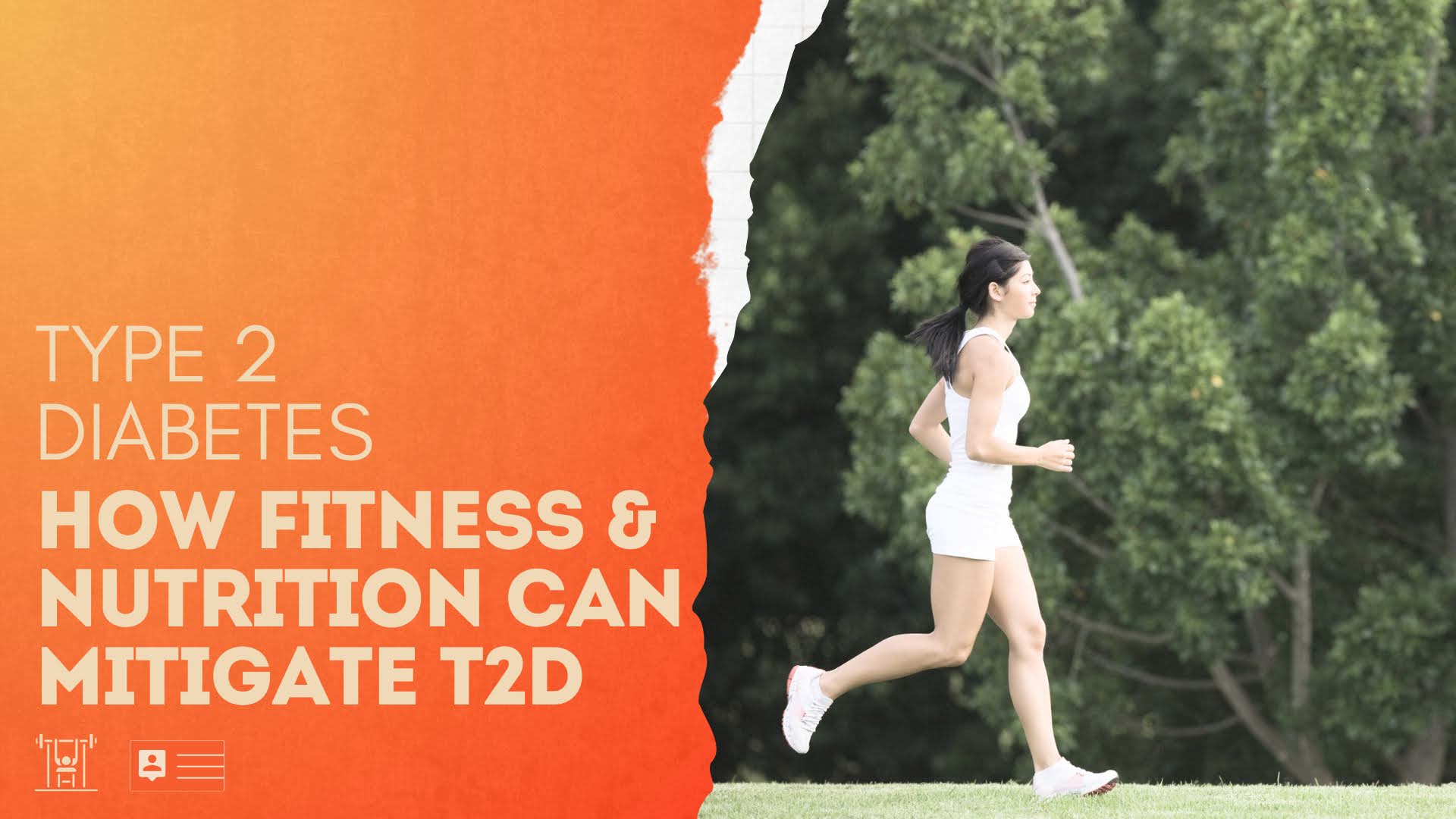
Type II Diabetes: How Fitness and Nutrition Can Mitigate and reverse t2d. Exclusive Member Article.
IF you want to prevent type 2 diabetes, or reverse it, if the damage has already been done, as it has for hundreds of millions of people around the world, you have three massively powerful and influential habits at your disposal. Welcome to another fact-based member-exclusive Strength By Fitness article.
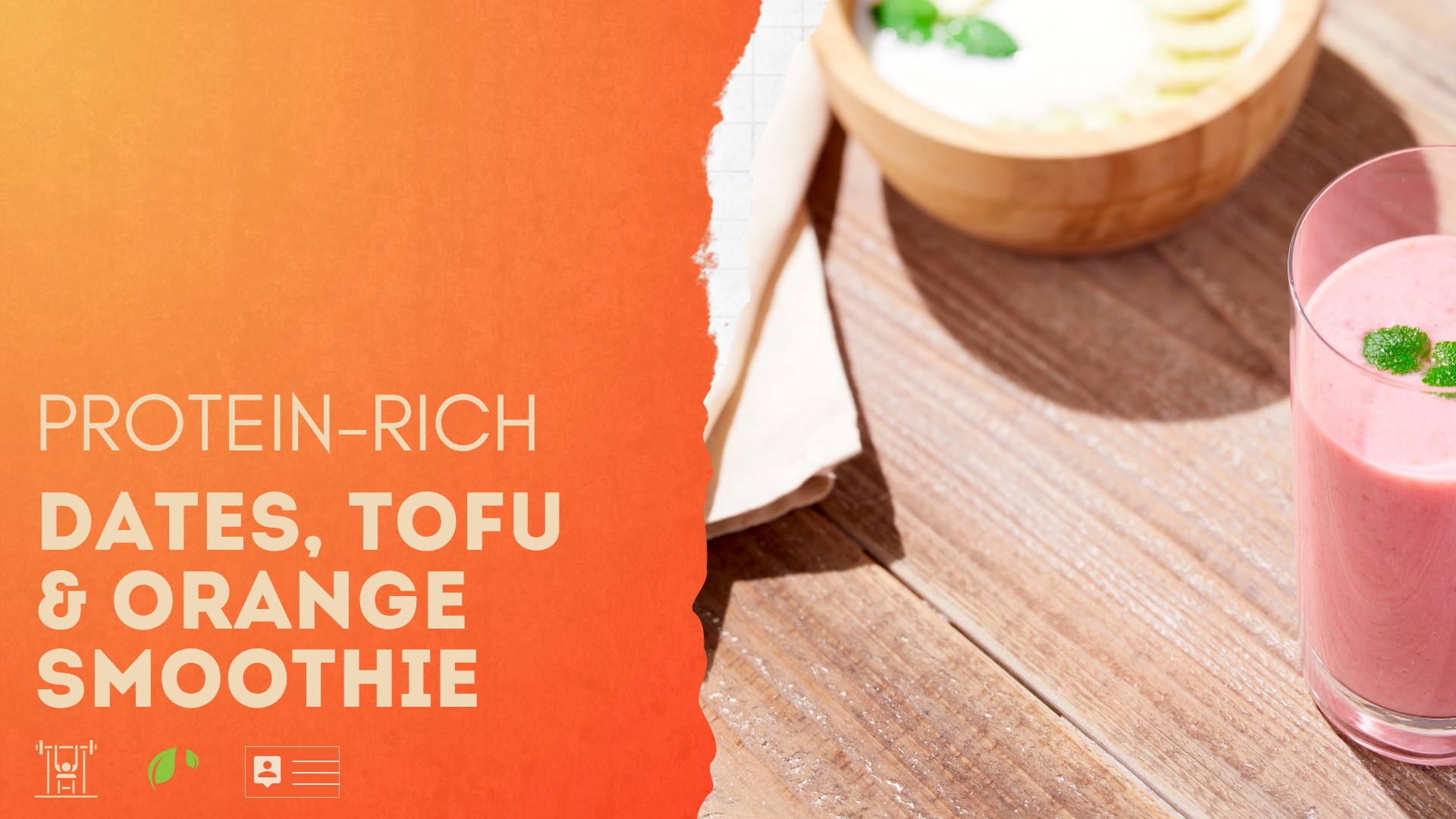
Members & Clients Recipe: Tofu, dates & orange smoothie. High SPC & Protein.
Our Tofu, dates & orange smoothie provides 56g of Protein, 22g of fiber, and a very high SPC between 66 & 80. That makes this another tasty Strength By Fitness winner. Paid Reader & Client Exclusive Recipe.

Quality Sleep Is Just Another Habit.
Quality sleep comes from a few key pillars in a healthy lifestyle.
Yes, quality sleep is just another habit we build over time with nothing more than our own choices. In this article, Coach Mike from Strength By Fitness will teach you how to do it too.
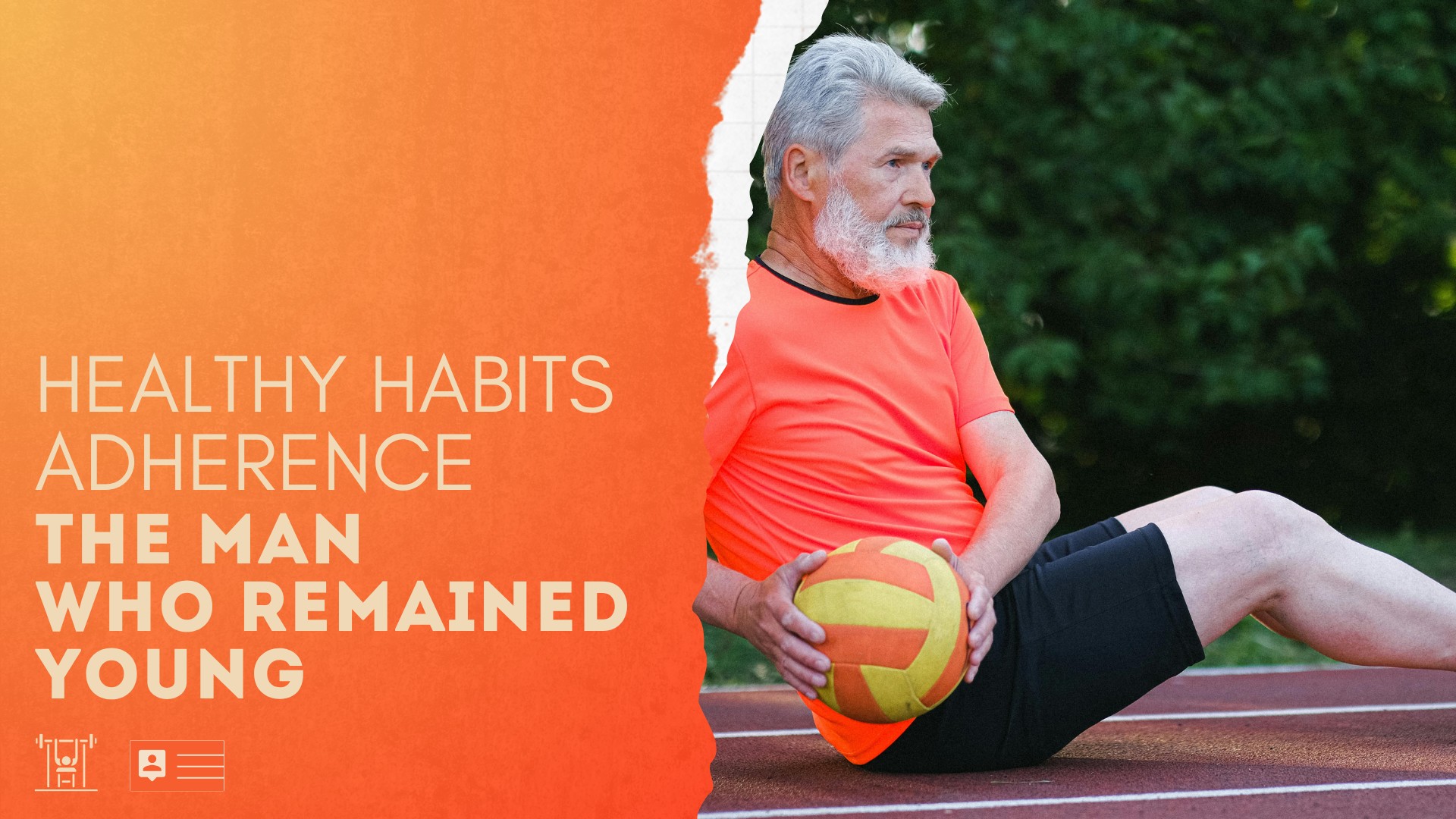
The Man Who Remained Young. Healthy Habits vs Ageing: Exclusive Member Article.
Strength training, injury-free, 80-year-old men can be as strong as a 35-year-old gym goer. And running is no different. All it takes are maintained habits. Exclusive Strength By Fitness Member Article. Join today, only 9$ Per Year.
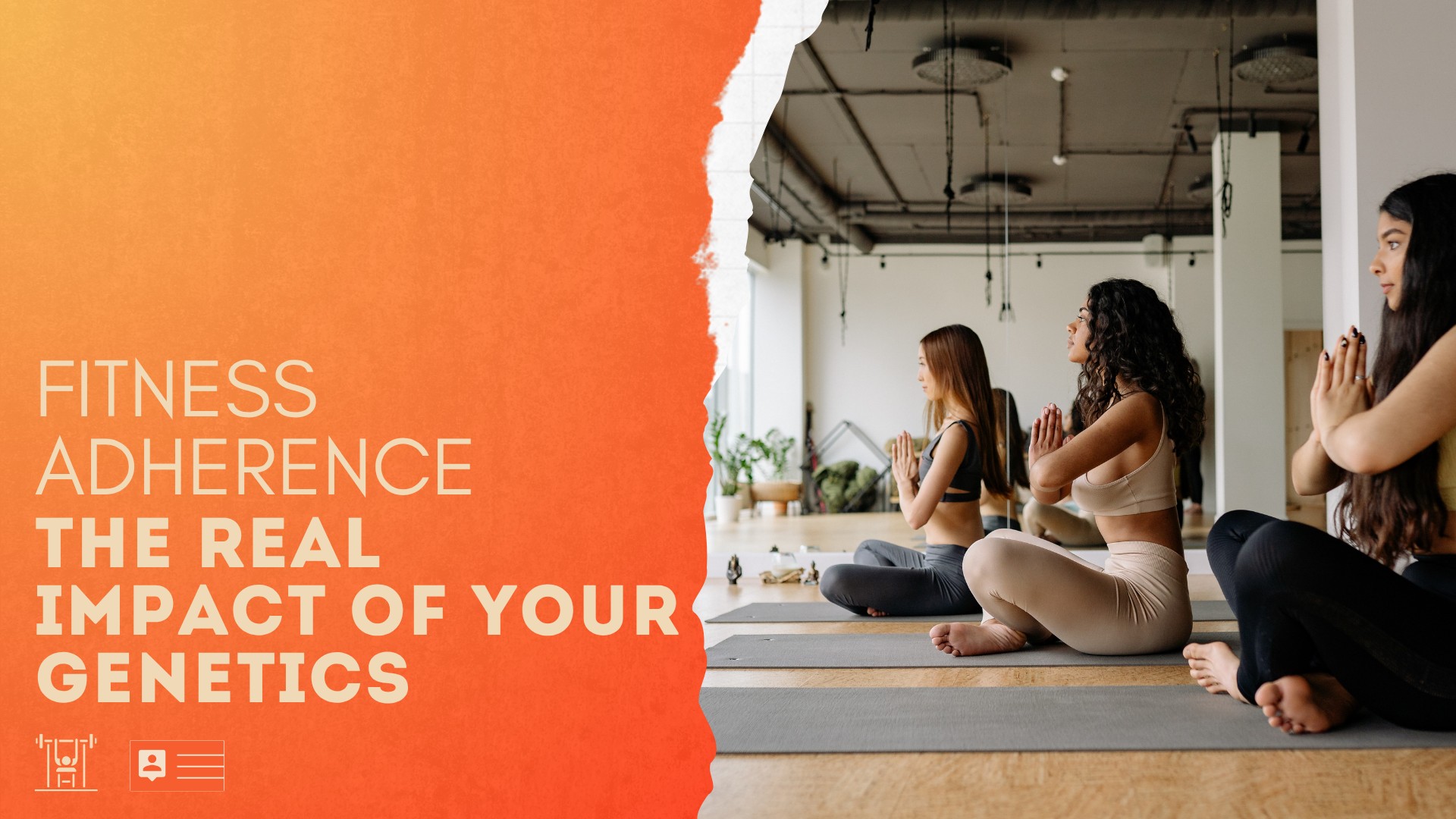
Genetics vs Fitness Habits: Part IV. Exclusive Member Article.
Good habits will always move everyone in the right direction. Your genes then decide just how far your ceiling goes. For every single person on the planet, this means becoming way healthier and fitter over time, and as long as you maintain those habits, the positive outcome won’t go away.
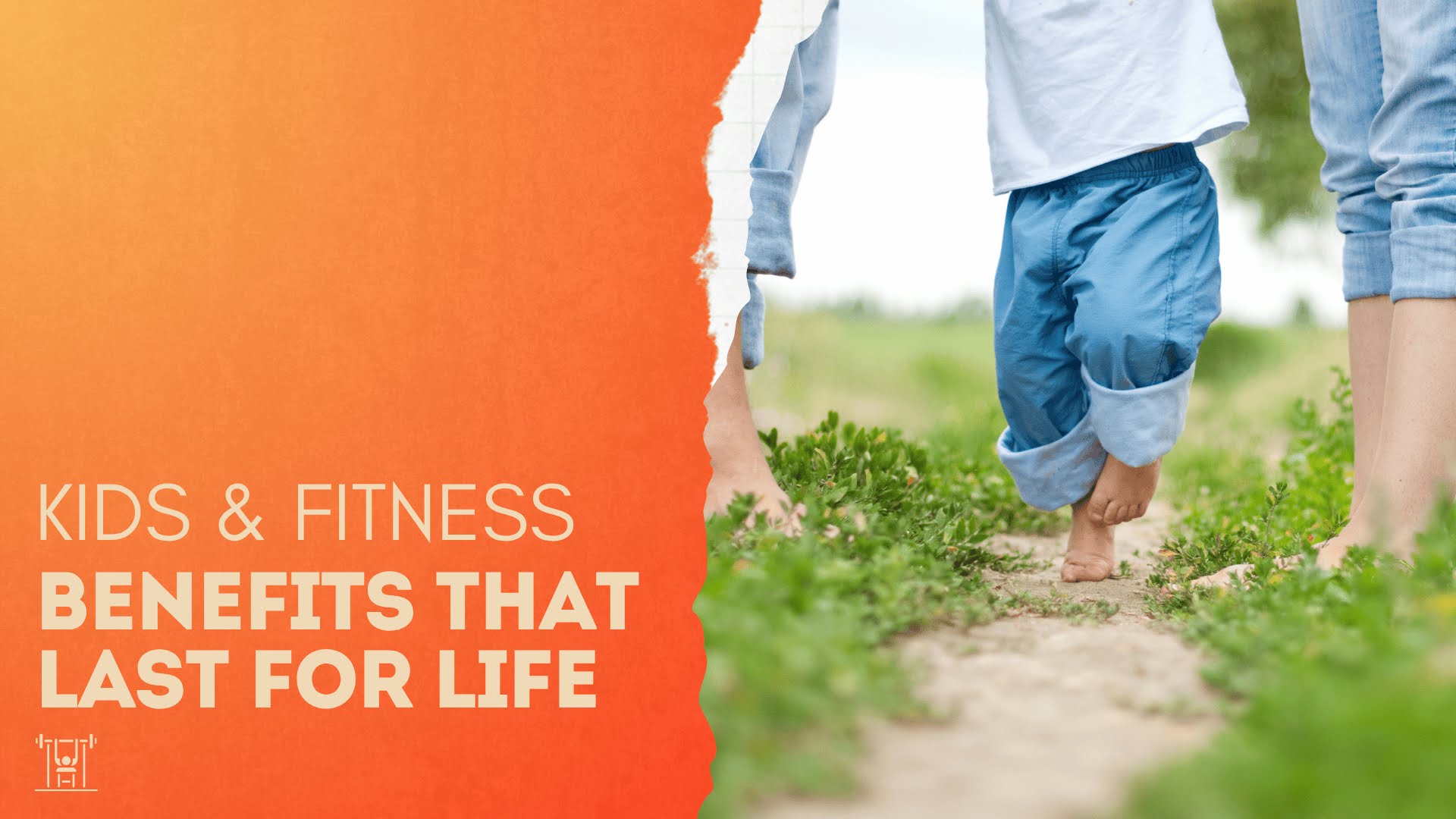
Regular Exercise Habits For Children Provide Massive Benefits All Through Life
Fitter kids rapidly become healthier kids.
These fitter and healthier kids eventually go on to become much fitter and healthier adults with a higher quality of life, better physical capacity, work performance, cognitive health, and ageing trajectories.
If they mainta…
We appreciate you
so stay healthy & never stop training
Contact
Private In-App Messaging is Available For All App + Coaching Clients
Adress
Coaching Is Available Online Via App on IOS & Google Play, and In-person, On-location.
Copyright 2025 Strength By Fitness.
